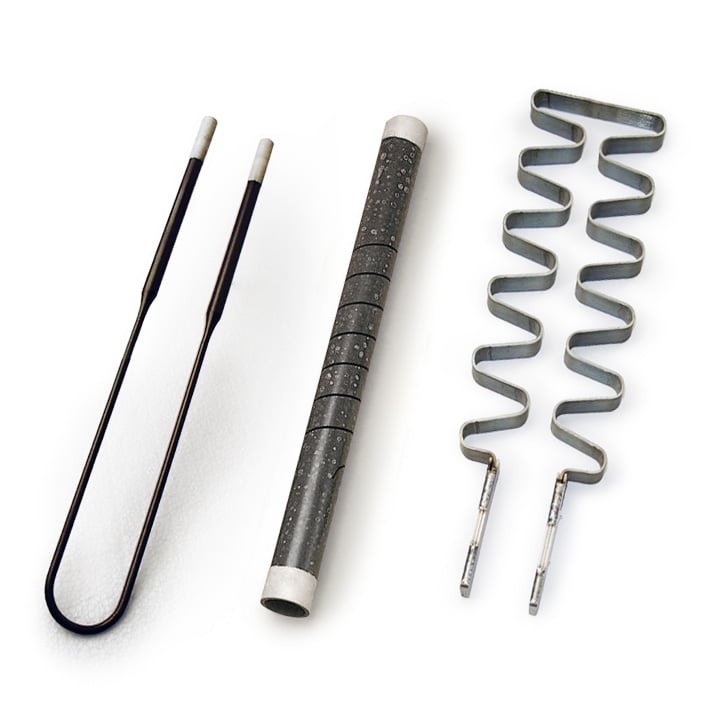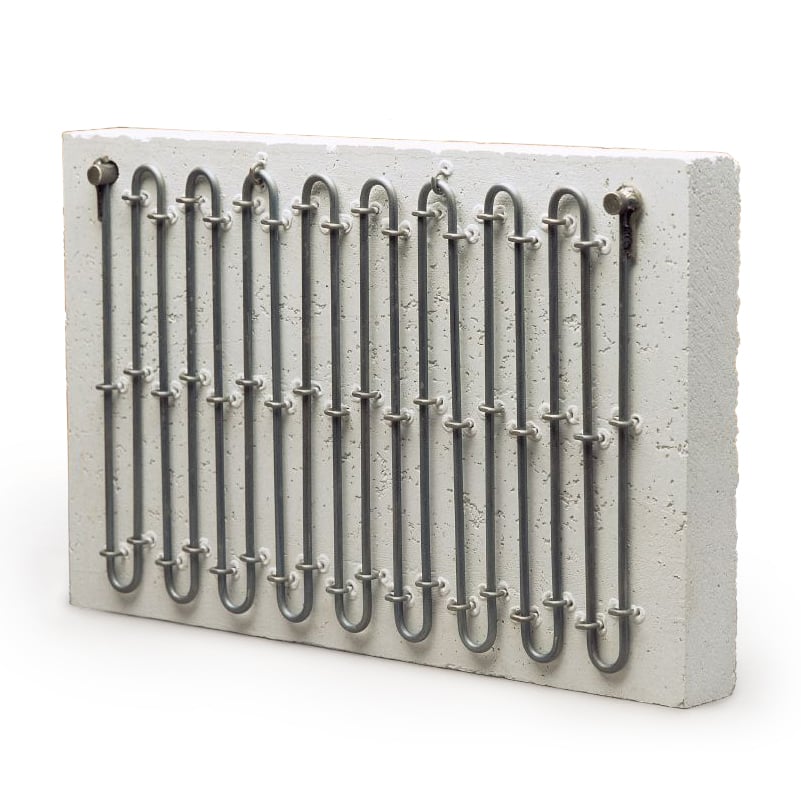Fibrothal® prefabricated heating modules
Fibrothal® heating modules play a central role in electrifying large-scale industrial heating processes as they are specifically designed for high-temperature applications. These modules consist of metallic heating elements encased in vacuum-formed ceramic fiber (KF) insulation that can withstand temperatures up to 1,350°C (2,460°F). Fibrothal® heating modules are quick to install, and their modular setup makes them easy to tailor to specific customer needs. The lightweight design of Fibrothal® heating modules is pivotal in modernizing industrial furnaces and significantly reducing energy consumption.
Here is a step-by-step guide that walks us through the entire process, from understanding the different types of Fibrothal® heating modules to replacement instructions.

Characteristics
Types of Fibrothal® heating modules
| Type |
Description |
| Modules with embedded heating |
The heating element is directly incorporated into the module and requires no additional mountings.
|
| RAC tubes |
Embedded but virtually free-radiating heating element.
|
| ROB in panel and shell design |
Modules with built-in mounting system and meander-shaped heating elements of round wire, the element legs mainly running next to each other in V-form.
|
| Meanderthal II |
Heating element mountings consist of metallic hairpin-shaped parts, which are anchored in the ceramic fiber module.
|
| Meanderthal III |
Heating element mountings consist of metallic rod support and metallic holders, anchored in the ceramic fiber module.
|
| Special tube modules |
These modules, usually multi-zone, are similar in design to the RAC tubes.
|
| Muffles |
Monoblock ceramic fiber modules with embedded heating elements made of Kanthal® alloys
|
| Insulating parts |
Can be supplied in the same dimensions as the special heating modules.
|
Applications
Downloads
Related products
Other products that might interest you









